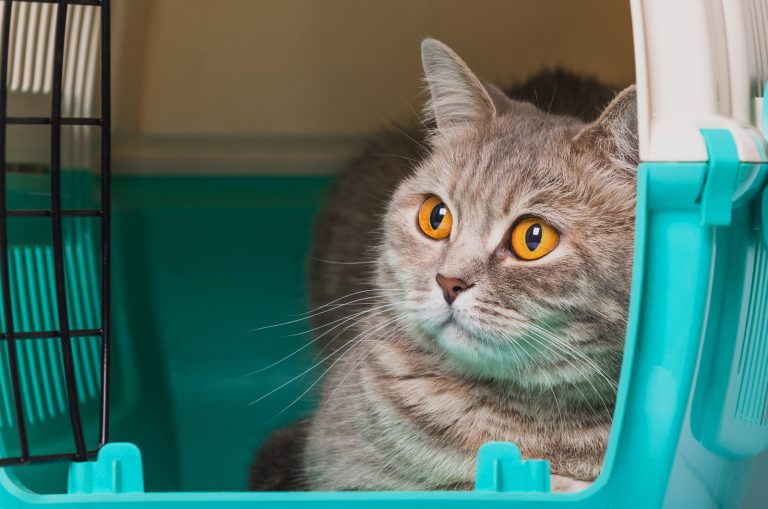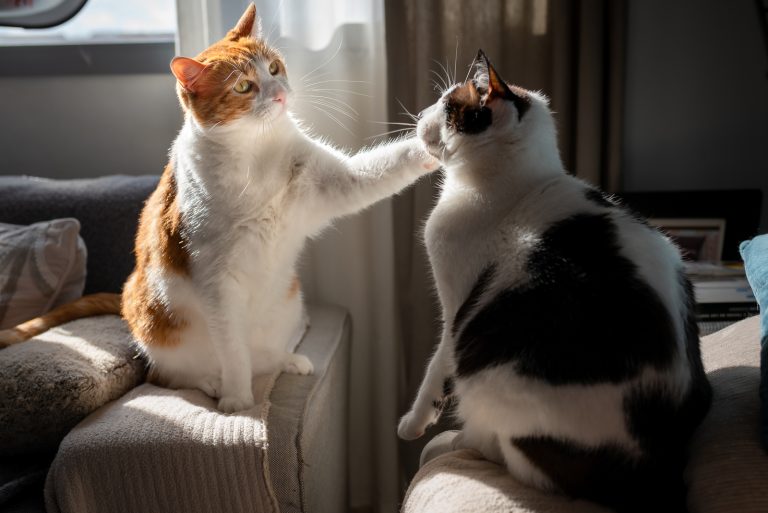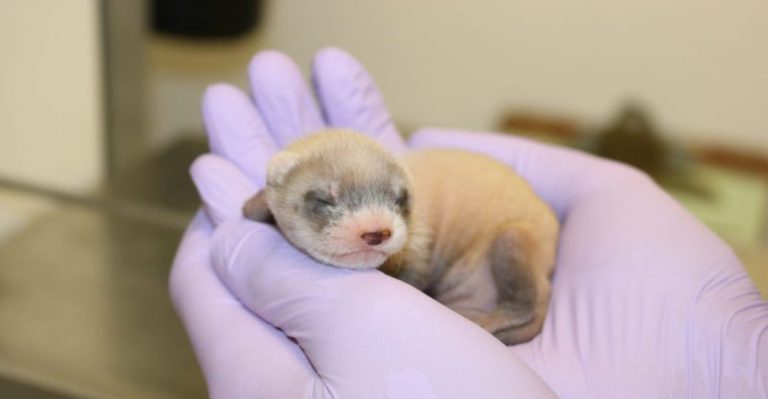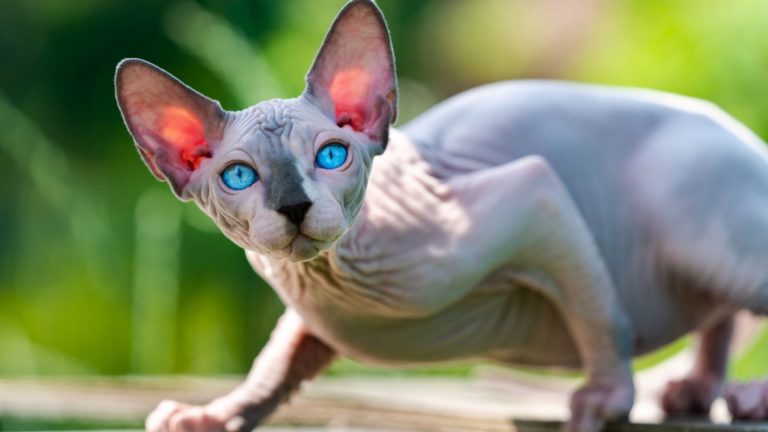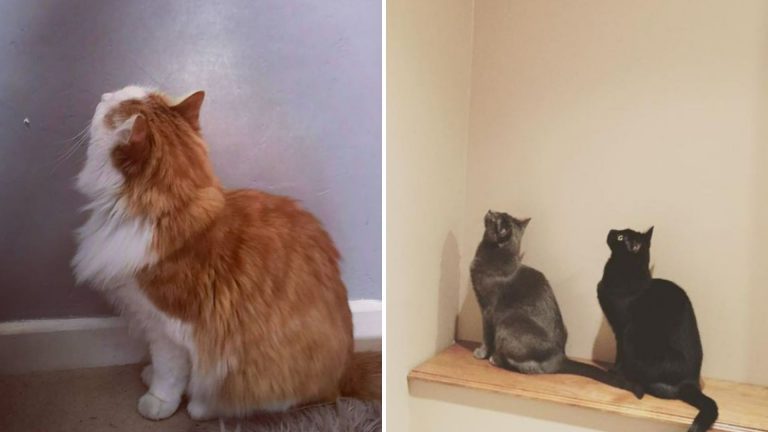Cat With FIP When To Euthanize: Helping You Make A Decision
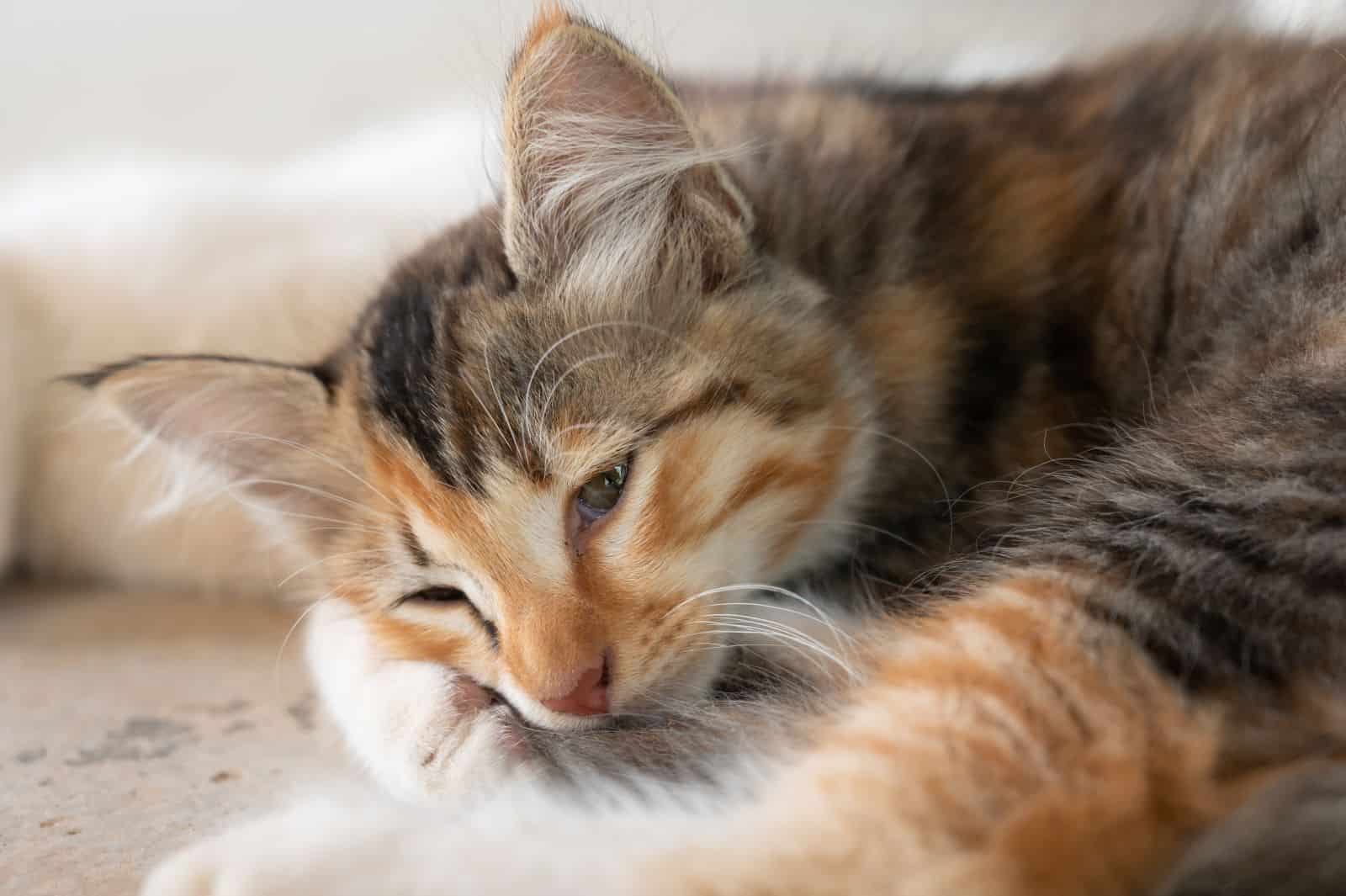
No cat owner wants to get the news that their pet has been diagnosed with FIP. Unfortunately, this is a sad reality for some owners of sick kitties.
FIP, otherwise known as feline infectious peritonitis, is a viral infection that causes damage throughout a cat’s body. It is not localized to one specific tissue, but rather it is widespread and usually affects many different organs.
This viral infection causes an intense inflammatory response in the host, which causes a progressive body shut-down and eventual death.
If you have a cat with FIP when to euthanize is a sad but reasonable question.. The thought of putting your beloved pet to sleep is difficult and daunting, but in most cases of cats with FIP, it’s the right thing to do.
Continue reading to learn all about this disease and when feline euthanasia should be considered.
Cat With FIP When To Euthanize? Choosing the right time
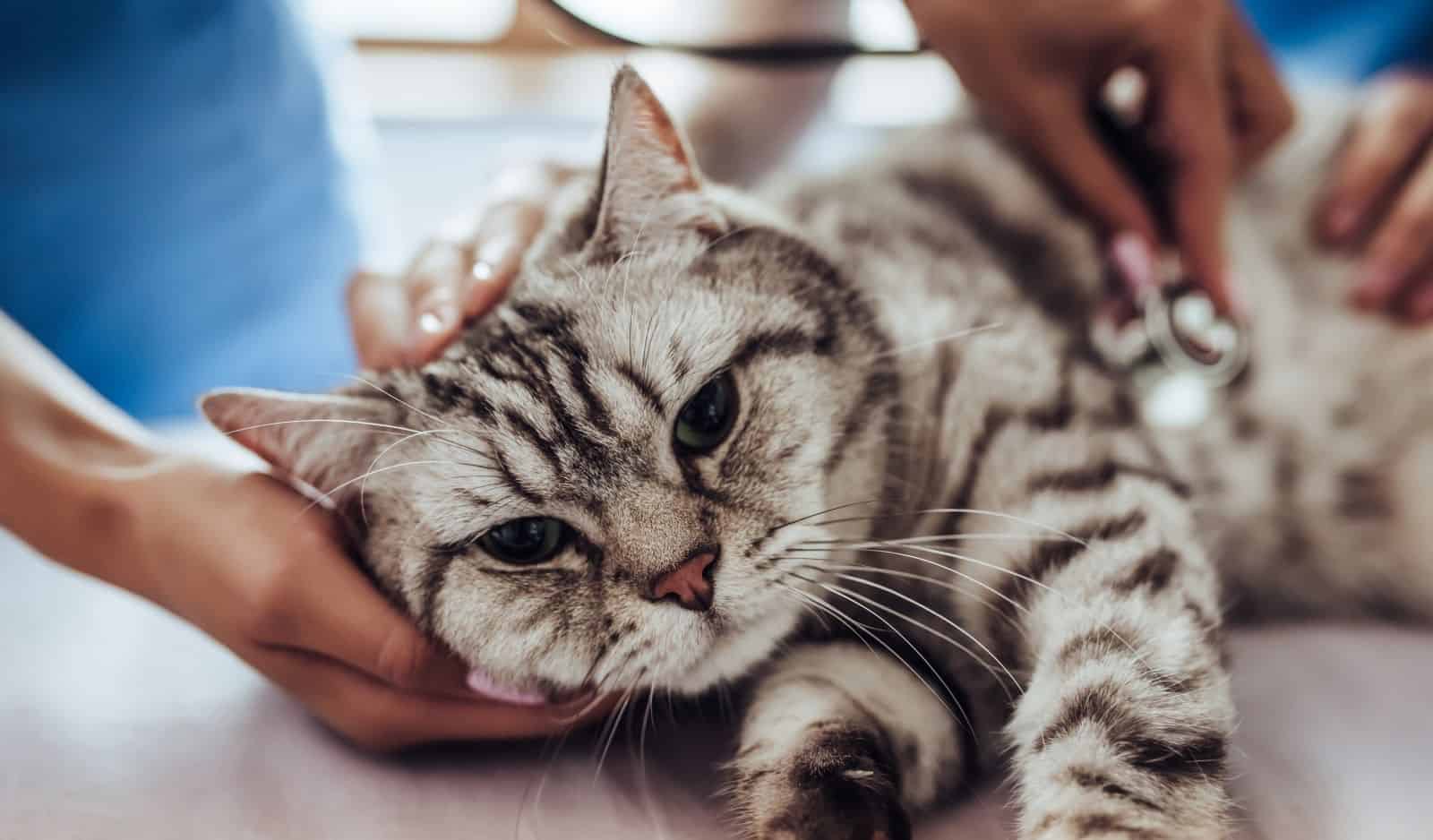
There is no set rules when it comes to when exactly feline euthanasia should be performed. At the end of the day, this is a decision the pet owner makes based on what they think it’s best for their pet. In most cases, a veterinarian is the one who raises the issue of feline euthanasia, giving the cat owner information and space to decide what to do for the best.
When Should Feline Euthanasia Be Considered?
🐾 If a cat has absolutely no pleasure in living.
🐾 If a cat’s disease has progressed to a severe form.
🐾 If a cat is constantly suffering from secondary bacterial and viral infections due to being immunocompromised.
🐾 If a cat has stopped eating and is experiencing noticeable weight loss.
🐾 If a cat refuses to drink water.
🐾 If a cat has stopped using the litter box (is urinating and pooping outside of it).
🐾 If a cat cannot walk anymore.
🐾 If you notice your cat’s appearance noticeably change.
🐾 If you notice your cat’s personality completely change.
🐾 If the cat is no longer playing around and is always either visibly in pain or sleeping.
🐾 If there’s nothing further you can do to help with easing the symptoms of the disease.
🐾 If your doctor of veterinary medicine (DVM) recommends the animal is put to sleep.
When Should Feline Euthanasia Not Be Considered?
🐾 If your cat is in the early stage of the disease.
🐾 If your cat’s FIP symptoms are not very severe.
🐾 If a cat looks the same as always, like a normal healthy cat.
🐾 If your cat acts relatively the same as always.
🐾 If your cat is still eating normally, drinking water, and playing.
🐾 If treatments are effectively relieving your cat’s symptoms.
🐾 If you see your kitty still has more good days than bad days.
🐾 If your DVM does not recommend putting the cat down.
A Disclaimer
Some cat owners can decide to end their pet’s life at an earlier stage of the disease, when the cat is not yet suffering. That is always an option and should not be judged. Many cat owners actually regret not putting their cat down earlier, before it started experiencing severe clinical signs of the disease that cause their quality of life to greatly deteriorate.
Sometimes, the cat is actually more sick than they appear to be. For example, it can happen that your cat seems fine one day, and then they pass away the next day. Remember that cats are good at hiding pain and weakness. At the end of the day, FIP is a death sentence without the use of efficient drugs (as you’ll see further below, an amazing new drug has recently been found!).
There are a lot of factors that go into making the decision to say goodbye to a cat with FIP or not. It’s definitely not a simple decision that can be made quickly. Cat owners in this unfortunate position really do have a lot to consider.
What Will Help You Make Your Decision?
Before making your decision, you need to know everything you can about the type of disease your cat is fighting and what to expect as the disease progresses. Of course, you need to have a comprehensive discussion with your cat’s veterinarian as they are experienced and will know if a cat should be put down, or when a cat should be put down.
After you’ve gathered all the knowledge you can about the disease and potential treatments, and had a talk with your veterinarian, you need to make the decision either by yourself or with the help of your family members. At the end of the day, the cat owner is the one who makes the final call.
Everything You Should Know About Feline Infectious Peritonitis
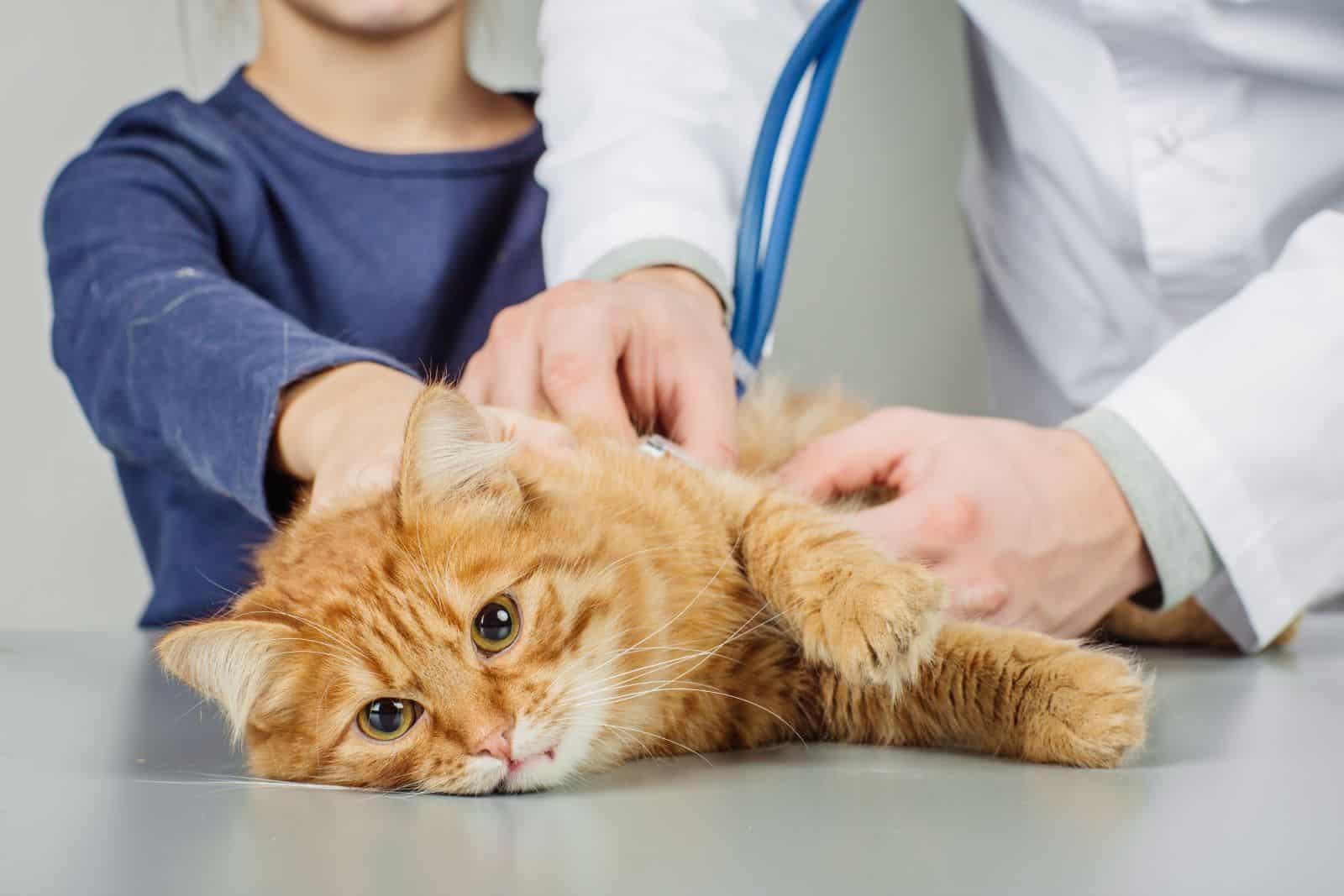
Before making an important decision such as cat euthanization, a cat owner should educate themselves as much as they can about the disease their beloved pets are suffering from. Below you will find everything the cat owner needs to know about this disease.
What Is FIP?
Feline Infectious Peritonitis (FIP) is a viral infection that causes 1 in 100 deaths in veterinary hospitals in the US. It can be considered one of the leading causes of death in cats, especially younger ones.
It is a systemic disease (meaning it affects the entire body, and not just one organ or body part) and is fatal in the vast majority of cases.
What Causes FIP?
FIP usually begins with infection with a feline coronavirus (FCoV). More precisely, infection with a form of coronavirus known as feline enteric coronavirus (FECV).
You might be wondering How does an infection with feline coronavirus turn into feline infectious peritonitis?
To put it simply, feline enteric coronavirus (FECV) becomes feline infectious peritonitis virus (FIPV) by random mutation, and only some cats with the FIP virus develop FIP!
Essentially, feline enteric coronavirus (FECV) is very prone to mutating, but if it mutates in a certain way, it will turn into the feline infectious peritonitis virus (FIPV).
It’s important to note that only some cats with FECV will develop FIPV. And only some cats with FIPV will actually develop FIP. Despite the fact that FECV frequently transforms into FIPV, fortunately only a tiny proportion of cats exposed to this mutant virus get FIP.
What Does The Virus Actually Do To A Cat’s Body?
The virus (FIPV) infects a cat’s white blood cells (WBC). As the WBC circulate through the entire system, that effectively means the virus is being spread throughout the cat’s body.
A cat’s immune system reacts to the virus by inducing a very intense inflammatory response wherever these WBC and virus particles are found. These areas commonly include:
🐾 The abdomen
🐾 The kidney
🐾 The brain
🐾 The liver
🐾 Anywhere else where virus particles are found in large numbers
Although the inflammatory response of the cat’s body is designed to fight off pathogens, it is not 100% harmless for the host.
Severe inflammation of one or more organs has proven to be extremely dangerous, and in cats with FIP, it often leads to death.
Is FIP Contagious?
Feline coronavirus (FCoV), a precursor of the virus that causes FIP, is known to be very contagious. But for some reason, the virus that causes FIP, known as feline infectious peritonitis virus (FIPV), is not very contagious.
Horizontal virus transfer (cat-to-cat virus transfer through direct contact) has been observed to be very uncommon.
The reason that this virus is not highly contagious is still unknown.
What Are The Most Common Symptoms Of FIP?
Signs of FIP can arise a week, a month or even a year after initial infection with the virus. Until the cat presents with symptoms, it usually appears perfectly healthy and it may be completely asymptomatic for some time. Sometimes, an infected kitty shows some symptoms of respiratory and gastrointestinal issues, but you would probably never suspect your kitty is actually infected with FIP.
The so called “non-specific” symptoms of FIP arise first, and they are:
🐾 Loss of appetite
🐾 Weight loss
🐾 Depression
🐾 Antibiotic-resistant fever
🐾 Rough coat
🐾 Susceptibility to secondary infections (for example, to feline leukemia virus – FeLV, or feline immunodeficiency virus – FIV)
More “specific” symptoms of FIP depend on whether the disease will take its “wet” form or its “dry” form. Let’s get into more details about each of these.
“Wet” FIP & “Dry” FIP
Wet FIP, also known as effusive FIP, is characterized by blood vessel damage, which results in fluid accumulation and inflammation in body cavities. This gives a cat a so-called pot-bellied appearance, and the fluid accumulating in the chest causes difficulty breathing. Fluid in the cat’s body cavities can be detected via an x-ray. This “wet form” of FIP is more rapid and more deadly than the “dry version”.
The dry form of FIP, also known as non-effusive FIP, is characterized by inflammation of the eyes, brain and other organs, as well as anemia, weight loss, lethargy, etc. Dry FIP progresses more slowly than wet FIP, but the outcome is ultimately the same.
How Is FIP Diagnosed?
There is no one test that can definitively diagnose a cat as having FIP. A definite diagnosis of FIP is made based on a dozen different test results, including several blood tests. The results of a cat’s blood work tests can reveal the level of inflammation in the cat’s body.
What makes diagnosis so challenging is the fact that tests cannot distinguish between the “regular” feline coronavirus and the virus that causes FIP.
A presumptive diagnosis is what most veterinarians opt for and this has proven to be the best choice for diagnosis, considering there is no definitive test for this disease.
For example, if a vet encounters a young cat, recently adopted from a shelter, that checks all of the boxes of symptoms for FIP, and tests negative for other possible diseases, there can be no other diagnosis than FIP.
Some vets might opt for lesion examination using immunochemistry tests, or even organ biopsy.
What Is The Treatment For FIP?
There is currently no legal and efficient treatment for a cat with FIP. The only thing you can do is symptomatic treatment. What does that mean? It means you’ll be treating the symptoms of the disease, without treating the underlying cause of the illness (because that is impossible in this case). The aim of symptomatic treatment is to make life less painful and more bearable for the cat.
A vet might prescribe your cat medication that will reduce inflammation as well as supplements that encourage appetite, but most vets would agree that this is only prolonging the inevitable.
Symptomatic treatment is recommended only if the cat’s disease has not progressed to a very advanced stage, where there is really nothing else to do but to euthanize the cat.
There Is Hope: GS-441524-Containing Drugs
A 2021 study tested the effects of a FIP drug named Xraphconn. It is a multi-component drug that contains an active component called GS-441524. This is a chemical (nucleoside analogue) that blocks viral replication. Essentially, it stops the virus from multiplying, allowing the host’s immune system to kill the remaining viral particles. Eventually,all viral particles get destroyed.
This scientific study followed the health of 18 cats with FIP. They administered this GS-441524-containing drug to each cat orally over the course of 84 days. After the end of treatment, every cat was cured of FIP. The cats showed a 100% survival rate, which is amazing news.
Unfortunately, this drug and other GS-441524-containing drugs are still not legally available on the market. This is because it takes time for a specific drug to be tested on a large number of participants to satisfy all safety measures imposed by the FDA. Approval of a drug by an official regulatory body does not happen over the course of a few weeks; it takes years to ensure the drug is 100% safe to be used on all cats suffering from FIP. As you have seen, the study was conducted very recently.
GS-441524 does not currently have a distribution, manufacturing, or sales license. Additionally, it has not received regulatory agency approval for the treatment of FIP. Given these worries, there are currently no retail locations that can legally and safely offer the medication.
It is still great news that scientists are working towards finding the cure for this feline disease. There is no doubt that, soon enough, FIP will no longer be a 100% fatal disease.
What Is The Cost Of FIP Treatment?
There are experimental FIP treatments out there, but they are extremely expensive and have not yet been proven to be successful enough to be commercialized.
Symptomatic treatment of FIP should not be very expensive, as there aren’t any specialist medications your cat can take.
What Is The Life Expectancy Of A Cat With FIP?
There are no rules when it comes to the life expectancy of a cat diagnosed with FIP. Some cats might pass away a week after diagnosis, while others can go on to live for a month or even longer.
It all depends on the severity of the inflammation and how widespread the disease is. This makes every cat’s life expectancy unique, and your vet may be able to give you an idea of how long your cat may live for.
Can Feline FIP Be Prevented?
The only way to prevent FIP from developing is to prevent a cat from being infected with the precursor of the virus that causes FIP. Essentially, feline coronavirus first infects the cat, and then this virus mutates to become feline infectious peritonitis virus (FIPV) which is the virus that directly causes FIP.
That means a cat should be prevented from being infected with feline coronavirus. How does a cat owner insure that? It is an almost impossible task unless you keep your cat indoors and completely away from contact with any other cat at all times. The best thing you can do is keep your cat(s) as healthy as possible, so their immune system is strong enough to fight off possible infections. Also, keeping your cat away from other infected cats (if you know they’re infected) is a must.
A vaccine for FIP has been developed, but it must be given to kittens that are over 16 weeks of age. This is not great news for cats and their owners, because by this time, a cat has probably already been exposed to the coronavirus, making the vaccine useless. On the other hand, it is known that FIP mostly develops in younger kittens, which means the FIP vaccine can be a case of “too little, too late”..
Understanding how to block inflammation and the development of effective antiviral drugs could be ways we will fight FIP and other similar diseases in the future.
Which Cats Are More Susceptible To FIP?
It has been observed that young cats coming from shelters, catteries and large multi-cat households have a much higher incidence of FIP.
Why Is FIP So Dangerous And Deadly?
Most commonly, the characteristic symptoms of FIP only present themselves when a cat already has a more developed form of the disease. FIP can be described as a “silent killer”, because you don’t know your cat is developing it until it’s too late. Essentially, there is no way to catch the disease early or treat your cat on time.
When the symptoms of FIP finally show, they are quite severe. By that stage, the virus will have spread to multiple organs, if not all of them.
The virus causes an intense inflammatory response in the tissues it settles in, which causes a cat’s body to start slowly shutting down, as the inflammation is both good (because it kills the virus) and bad (because it also damages and kills the host’s healthy cells).
FAQ
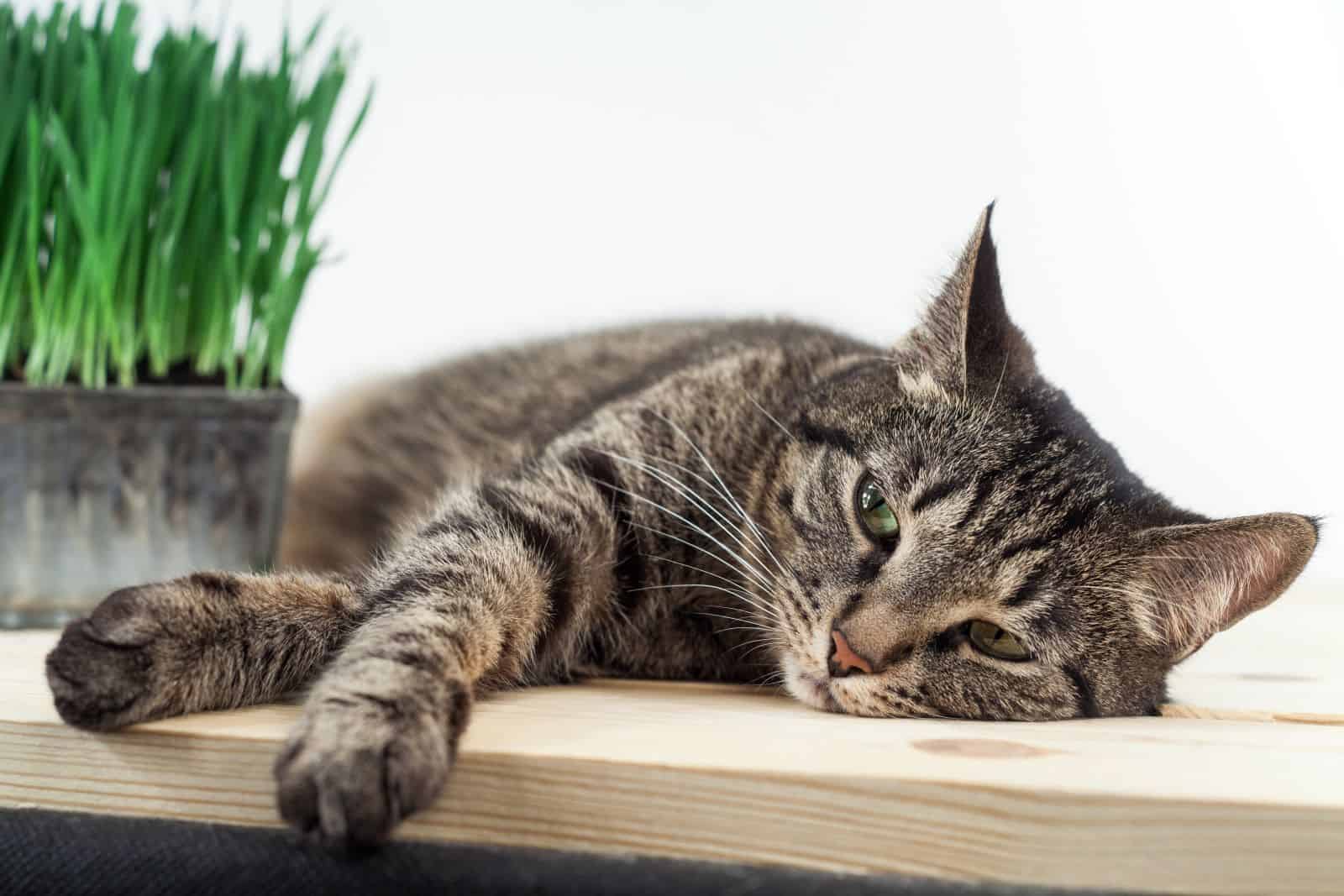
What Are The Final Stages Of FIP?
In the final stages of FIP, a cat is likely to suffer from severe weight loss and serious difficulty breathing. Also, considering how severely immunocompromised the cat is, it is prone to developing other bacterial and viral infections, which inflict further damage to their already weakened body.
How Do You Comfort A Cat With FIP?
An owner of a cat with FIP should do everything they can to make their cat’s life as comfortable as possible. The treatment is symptomatic – meaning you’ll be trying to ease your cat’s symptoms without actually attacking the cause of the disease.
The owner needs to make sure their cat is eating enough and staying hydrated, is not exposed to any external causes of stress, help to lower the fever and give them anti-inflammatory medication (if the vet prescribes it).
Why Don’t Veterinarians Often Treat Cats With FIP?
Veterinarians often don’t choose to treat cats with FIP because treating them simply means prolonging the inevitable. Of course, a veterinarian will choose not to treat a cat with FIP only when they determine nothing can be done.
If the cat they’re examining is still in the early stages of the disease and their symptoms can be eased somewhat, a vet will surely choose to help the cat in any way they can. However, at the end of the day, if the veterinarians see that they’re only going to prolong a cat’s suffering, they will choose not to treat the cat and recommend that the kindest thing to do is to put the cat to sleep..
How Long Does A Cat With FIP Live With Treatment?
There is no definitive answer to this question. It all depends on the specific cat in question. Some cats, even with treatment, will only live for a few weeks after diagnosis, while others can go on to live several months after.
Has Any Cat Ever Survived FIP?
In the past, a cat with FIP was certain to die and even today, without treatment, a cat with FIP is most likely going to die. However, there is hope! In recent years, scientific researchers have been making great advancements towards finding and legalizing drugs for FIP. The most notable examples are drugs containing the active substance known as GS-441524. At the time of writing this article, no known drug is legalized and licensed to be used, but they surely will be in the future.
In Conclusion
If you have a cat with FIP when to euthanize is a question that is sure to occupy your mind. After all, there is no known legally-available cure for this disease, but it is heartbreaking to see your cat slowly disappearing. Cat euthanization is something you need to carefully consider and it is never an easy choice to make…
Feline euthanization of a cat with FIP is advised only if your cat’s quality of life is so deteriorated that your cat experiences no joy anymore. If you know your cat has slim to no chance of surviving, and they’re only suffering, euthanization is an option that provides your cat with a peaceful, calm, and dignified death.
There is the option of symptomatic treatment of a kitty with FIP, but most veterinarians will warn you that you’ll be only avoiding the inevitable. Of course, this applies only if your kitty’s disease is already very progressed and causes a lot of pain. If a cat is still having a relatively good life, euthanization should not be considered.
I know putting your beloved pet to sleep is a difficult decision, but it’s something many owners of cats with FIP experience. Learning everything you can about the disease, as well as feline euthanization and when to do it is the only thing you can do.
I am sure you’ll make the right choice!
Related Articles:
Putting A Cat Down With Stomatitis: What You Should Know
How To Euthanize Cat At Home: A Step-By-Step Guide
Feline Lymphoma: When To Euthanize – Everything You Should Know

